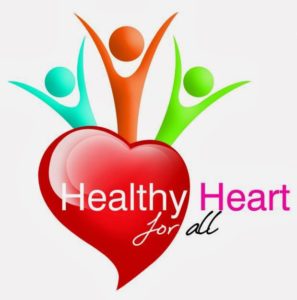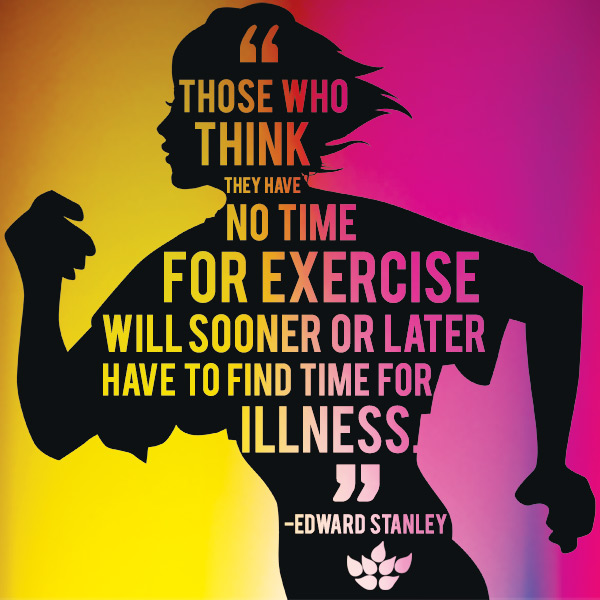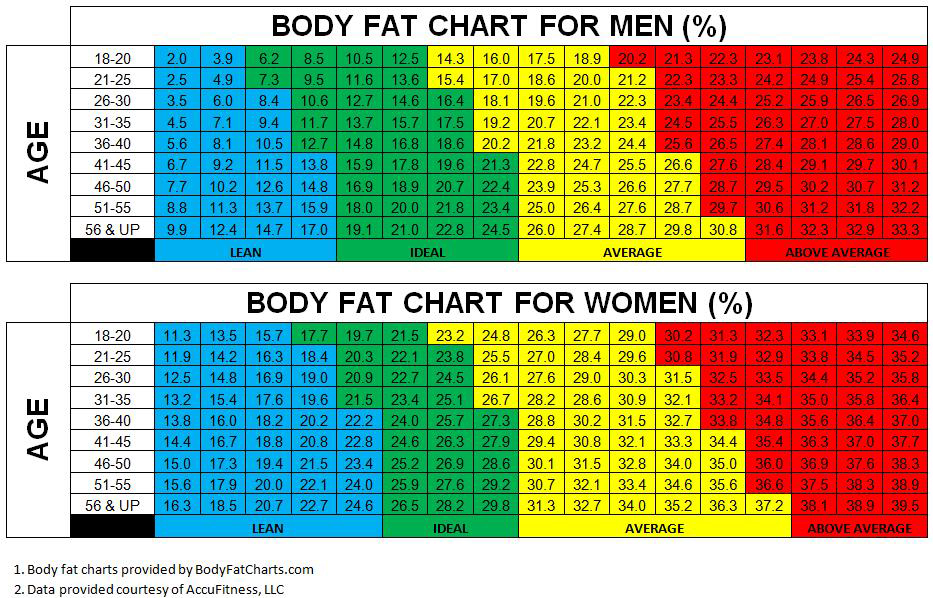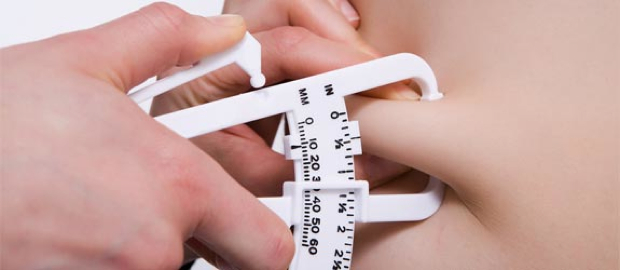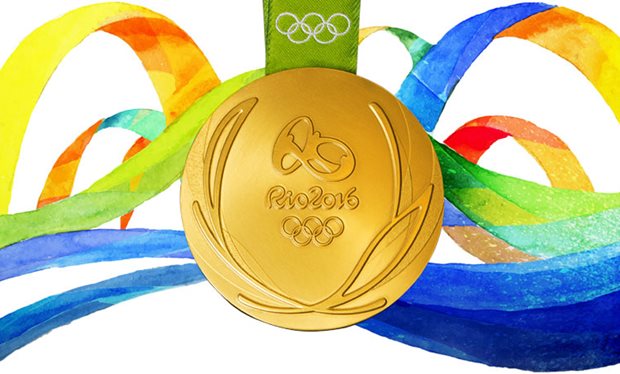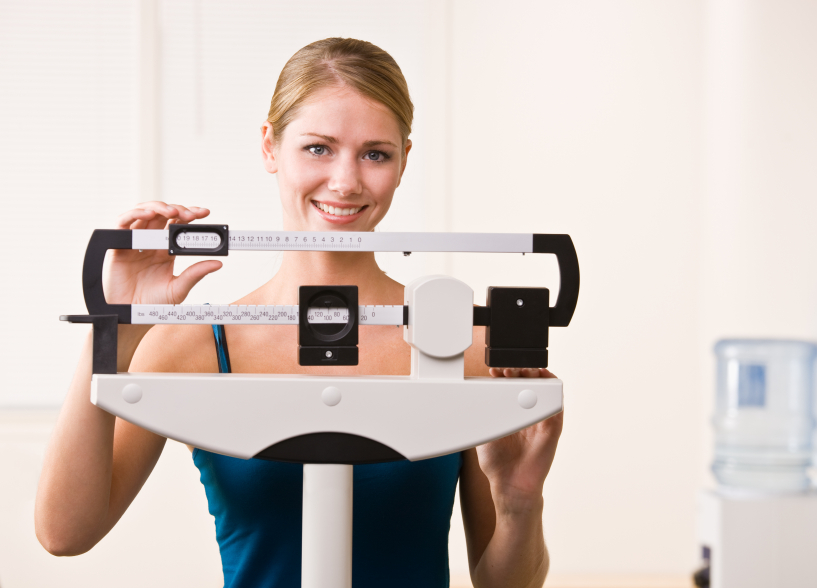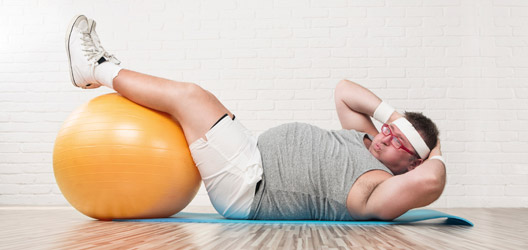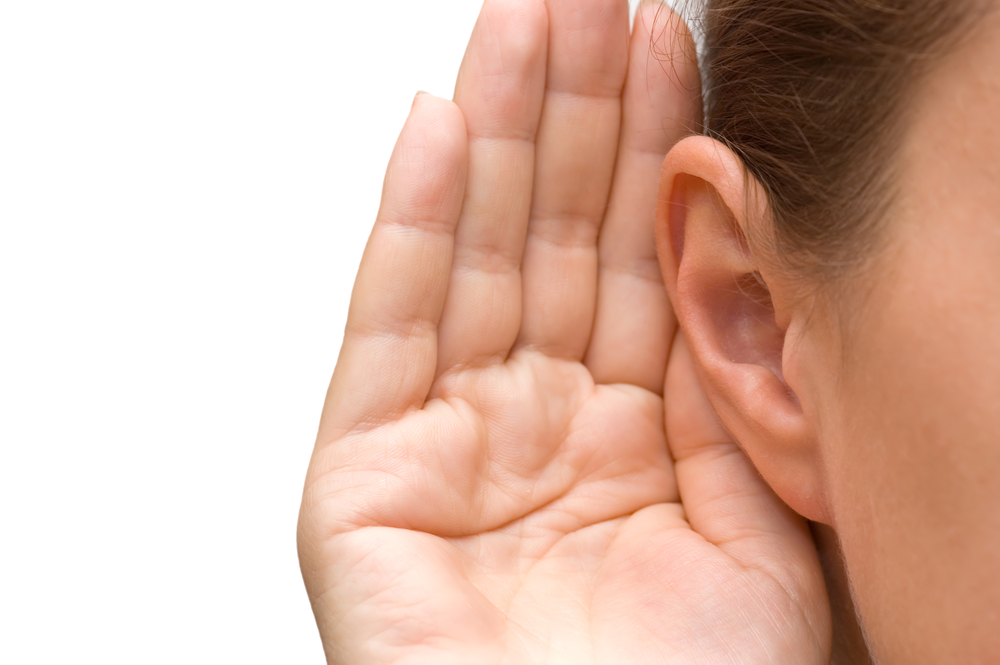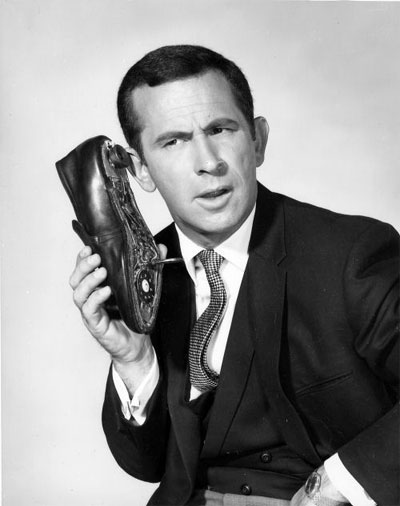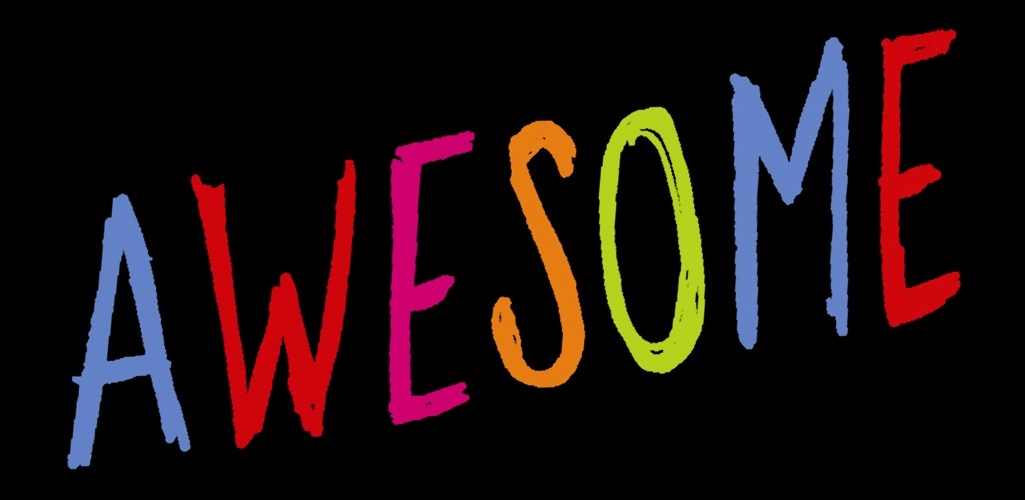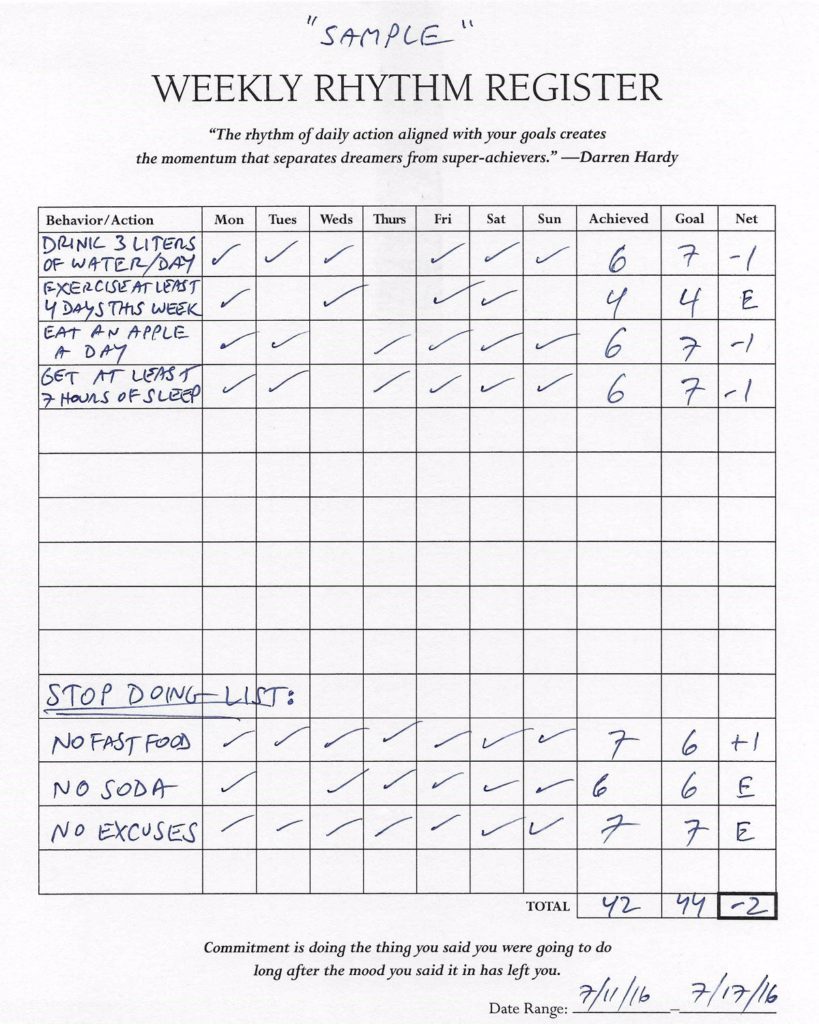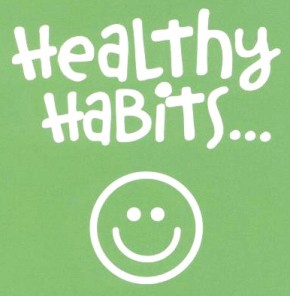According to the Princeton HealthCare System, more than 6 million Americans suffer from heart failure. Defined as a condition where the heart doesn’t pump enough blood as well as it should.
And according to the American Heart Association, more than 800,000 new cases are diagnosed each year. A number that is expected to DOUBLE in the next 20 years. WHOA!!!
They say it’s due to an aging population.
Aging, ‘SM-aging’… I ask, “Why wait”?
Why wait… for a life-threatening diagnosis or disease to strike?
Is that what you need to motivate yourself to start eating right and exercising? Are you living, breathing, and capable of moving?
And you choose not to exercise because… why?
Although this blog is dedicated to helping the “over 50” population, this concept applies to anyone and everyone.
Are you in your 20’s or 30’s? 40’s or 50’s? 60’s or 70’s? Older?
Then you need to move your ass and start eating right!
It’s never too late to start.
So don’t give me any lame excuses about how you…
- tried but failed.
- have bad genes.
- don’t have time.
- don’t know what to do.
- aren’t interested or motivated.
Are you freakin’ kidding me?
But as far as I’m concerned, this is a SERIOUS topic that needs more awareness and attention. And maybe even some tough love.
Call it an excuse, neglect, laziness, or fear.
It doesn’t matter because knowing that you should do something, but you don’t is not only foolish. It’s ridiculous.
Okay, let me tone it down a bit for a second.
It’s unfortunate. And unacceptable. Is that better?
Take last week’s post for example. Every health issue that was listed is preventable.
Okay, stand by. I can already hear the comments and lame excuses. “Yea, but…
- you can’t predict your future.”
- we don’t get to choose how long we live.”
- illness and disease can strike anyone, at any time.”
- I know someone that was in great health and died of **insert illness**.”
I totally understand that despite good intentions and actions taken, we aren’t in complete control of our life regarding disease or illness.
But you can’t live your life fearing things that may never happen. Especially those things that are outside of our control.
Or cast your fate to the wind.
Instead, you’d benefit much more by taking preventative or precautionary measures to pave the road to your healthy future.
Besides, these lame excuses usually come from uninformed, pessimistic sources who don’t focus on taking care of their own health & wellness.
Not only will good nutrition, regular exercise, and adequate rest do wonders for extending your life. You’ll look and feel great!
This healthy 1 – 2 – 3 combination will keep disease and illness at bay. It will limit or eliminate your need to be a slave to medication. It will keep you fit and firm. And elevate your energy level while keeping you looking and feeling great.
So there’s no way you can convince me that the alternative “lazy” lifestyle is a better choice. Coasting and neglect will never take you where you want to go.
As Darren Hardy said so simply and effectively in…
 “If you took a bite of a Big Mac and immediately fell to the ground clutching your chest from a heart attack, you might not go back for that second bite. Or your next puff of a cigarette instantly mutated your face into that of a weathered eighty-five-year-old, chances are you’d pass on that, too. If you failed to make that 10th call today and were immediately fired and bankrupted, suddenly picking up the phone would be a no-brainer. And if that first forkful of cake instantly put fifty pounds on your frame, saying “no thank you” to dessert would be the true piece of cake.
“If you took a bite of a Big Mac and immediately fell to the ground clutching your chest from a heart attack, you might not go back for that second bite. Or your next puff of a cigarette instantly mutated your face into that of a weathered eighty-five-year-old, chances are you’d pass on that, too. If you failed to make that 10th call today and were immediately fired and bankrupted, suddenly picking up the phone would be a no-brainer. And if that first forkful of cake instantly put fifty pounds on your frame, saying “no thank you” to dessert would be the true piece of cake.
The problem is that the payoff or instant gratification derived from bad habits often far outweighs what’s going on in your rational mind concerning long-term consequences. Indulging in our bad habits doesn’t seem to have any negative effects at all in the moment. You don’t have that heart attack, your face doesn’t shrivel up, you’re not standing in the unemployment line, and your thighs aren’t thunderous. But that doesn’t mean you haven’t activated the Compound Effect.”
So getting back to the initial statistics on heart failure, the first step in diagnosing this and other diseases is a physical examination. Your doctor will evaluate any symptoms and risk factors based on your medical history.
And here are some signs to watch out for regarding heart failure:
- Shortness of breath
- Fatigue / weakness
- Swelling in your legs, ankles and feet
- Rapid or irregular heartbeat
- Persistent cough or wheezing
- Frequent need to urinate at night
- Abdominal swelling
- Sudden weight gain from fluid retention
- Chest discomfort
So make it a point to get checked out. Especially if you are planning to start a nutrition or exercise program. And if it’s been years since you’ve exercised, start slow.
What do you think? Will you make an investment in your future?
Thank you for sharing your time with me. I hope you found value.
Now it’s time for YOU to take action…
What’s your Win to be Thin? Leave a comment below.
Click here to subscribe. You’ll receive an email with a link to each new post. And if you know someone that can benefit from this content, please share it with them.


